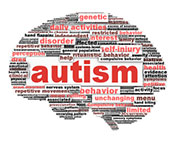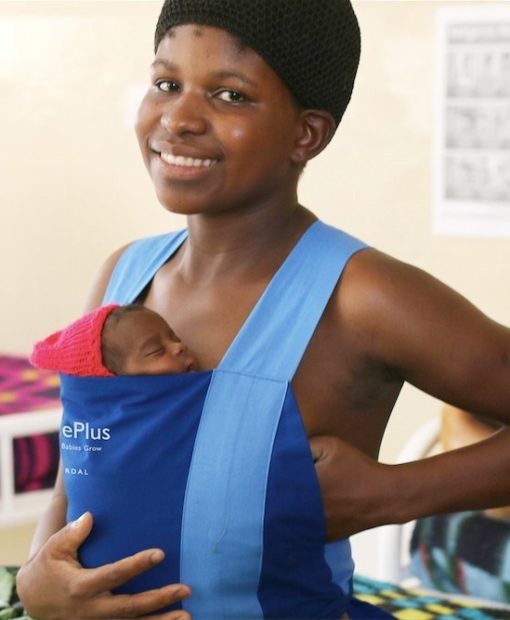Brain Scans May Predict Language Skills in Kids With Autism

THURSDAY, April 9, 2015 (HealthDay News) — Sophisticated imaging tests could provide clues to how well a child with an autism spectrum disorder may develop language skills, possibly as early as when the child is just a year old, a new study suggests.
“We discovered that at the very first signs of autism in infants and toddlers, language-important brain regions already displayed striking differences between those who later had good versus poor language outcomes,” said study co-author Eric Courchesne, a professor of neurosciences and co-director of the Autism Center of Excellence at the University of California, San Diego.
The findings also revealed brain differences of two possible subtypes of autism, one “language-learning ready” and one not, he said. “The two subtypes likely have different causes, mechanisms, processes, language-learning potential and treatment-responsiveness potential,” Courchesne said.
Identifying brain areas linked to children’s outcomes could have benefits, but it’s too soon to tell, said Dr. Andrew Adesman, chief of developmental and behavioral pediatrics at Cohen Children’s Medical Center of New York in New Hyde Park, N.Y.
“While families may be encouraged by the implications of this study, the reality is that considerable time, money and resources will likely be needed to translate these research findings into meaningful clinical interventions,” Adesman said.
“We don’t have enough information from a clinical standpoint to consider findings from [functional MRI] studies to be actionable,” he added.
The study findings were released online April 9 in advance of print publication in the April 22 issue of the journal Neuron.
The U.S. Centers for Disease Control and Prevention estimates that one in 68 children has an autism spectrum disorder, but this neurodevelopmental condition varies greatly among children. Language performance strongly predicts how well individuals with autism function long-term, Courchesne said.
His team used functional MRI (fMRI) scans to look at the brains of 103 children while they listened to a spoken story. The children were approximately 1 to 2 years old. The study authors noted that this is the youngest age that children can be identified as being at-risk for autism.
When the children were 3 to 4 years old, their ability to understand and express spoken language was assessed.
Sixty of the children had been diagnosed with an autism spectrum disorder. Twenty-four of those children scored considerably below average in both language areas, and were classified as having poor language development. The other 36 children with an autism spectrum disorder performed at or above average on at least one of two measures of language ability.
The other children included 24 typically developing and 19 with a learning disability or delayed development, the study authors said.
The researchers then compared the children’s brain images to their language scores. The language-related brain regions in children with an autism spectrum disorder who had good language development resembled those regions in typically developing children. But children with an autism spectrum disorder with poor language development had reduced or abnormal activity in those regions.
This research is the first to identify these brain differences so early in children, which may open up advanced research in treatment, the scientists said.
“If a toddler with autism spectrum disorder is detected with strong brain activation in language areas, I would predict this toddler would excel in treatment and have a good long-term outcome,” said study co-author Karen Pierce, an associate professor of neurosciences and co-director of the Autism Center of Excellence at the University of California, San Diego.
But poor activation in those areas would be a red flag to parents and clinicians that the child may need enhanced treatments, she said.
Having some information like this might be helpful, said parent Shannon Des Roches Rosa, who has a son with an autism spectrum disorder. Her son understands spoken speech and communicates with short, declarative sentences.
“If, as this study suggests, it could be possible to use fMRIs to pinpoint an autistic child’s specific language support needs in toddlerhood by being able to tell which language areas of his brain were developed or underdeveloped, then yes, I would have appreciated that guidance,” Des Roches Rosa said.
However, it is also important to be aware of the differences in how people with autism disorders might communicate without speech, said Christine Stephan, a parent of a non-speaking child with autism.
“So little is understood about how a person without reliable communication actually processes language that I feel it is important to be cautious,” Stephan said.
“Tests that measure language abilities for those who can’t speak usually rely on the person’s physical ability to demonstrate understanding without also making allowances for the motor differences that so many non-speaking autistics have identified as being a tremendous obstacle,” Stephan explained.
Not speaking says little about a child’s language development, she said, but if this research could help identify effective methods for children to communicate, it could be beneficial.
An over-reliance on language outcomes, however, may prevent some parents from learning to understand an individual with autism’s other forms of communication, according to Amy Sequenzia, a non-speaking autistic advocate.
“Behavior is communication and everyone deserves to be understood,” though this may require extra effort from speaking people, Sequenzia explained. “Some people might speak most of the time but will not be able to speak sometimes. Some might simply choose not to speak because it makes processing, and living in general, easier at any given moment.”
More information
The U.S. National Institute on Deafness and Other Communication Disorders has more about communication problems in children with autism.

 April 9, 2015
April 9, 2015




 May 19, 2018
May 19, 2018 




